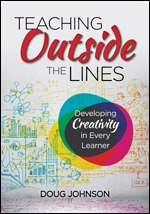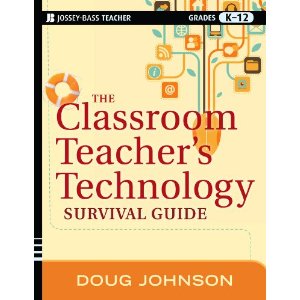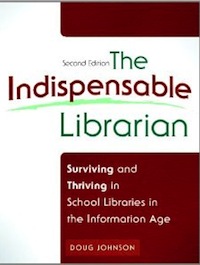Student cell phone bans: never make a rule you can’t enforce
 Tuesday, September 3, 2024 at 03:20PM
Tuesday, September 3, 2024 at 03:20PM
Almost no one could do their jobs or get an education today without the brain extenders that we use on an all-day, every-day basis—smartphones that can access almost all human knowledge or harness huge computational power with a single tap. It is therefore not an exaggeration to say that our devices have become parts of us. Ray Kurzweil, The Singularity is Nearer
The news lately has been filled with stories about schools banning student-owned smartphones in the classroom. Or attempting to, anyway. A new state law here in Minnesota requires schools to have a student phone “policy” in place by March.
I am once again glad to be retired from education.
School boards and administrators should be very careful about the content of such policies. One lesson that has held true all during my 43-year career in education is something I learned as a student teacher from my supervisor. She advised, “Never make a rule you can’t enforce.” Not only are such rules worthless, but they give the sense that the authority who made such a rule cannot enforce any rules.
Schools and teachers have been trying to enforce the no-phone rule for some time. Students are asked to place their phones in a basket on the teacher’s desk. They may be required to leave them in their lockers. Lately, a bag (pouch) with a lock only a teacher or administrator can unlock is being supplied to students so they are no longer able to use their phones. Not all bags, however, block the signals to phones so I am guessing they still will make noises if called.
As one of those sneaky kids who hid comic books behind his textbook and doodled instead of taking notes, I automatically started thinking about ways I could somehow skirt the requirement to give up my electronic buddy were I a student today. Maybe I’d get a dummy phone and put it in the pouch or basket and leave the real one in my pants. Would a small enough phone be able to be hidden in my bookbag? Might my smartwatch allow me to do most of the things I like to do with my phone? When are those glasses coming out that allow me to see a virtual screen? Could I hide my phone behind a book like I hid comic books back in the day?
Banning student phone use during the school day feels like an exercise in futility, much like getting adults to stop looking at their phones when driving. And while restricting phone use may be initially a poor disciplinary move, in the long run it may well be a poor educational choice as well.
As the quote that leads this piece states, our cell phones have become “brain extenders.” I know that my phone gives me access to information that makes me a more informed thinker. I think. Shouldn’t educators with the help of AI now figure out how to make these beloved devices tutors and tools to improve student learning? A long sought but elusive goal of many in education has been the individualization of the learning process, customizing activities to each ability level and learning style. And as far as I could tell, we’ve never really gotten there.
I’ve long asked teachers to reflect on the relevance and engagement of their curriculum and activities. Maybe it is impossible to compete with these evil little bots for kids’ attention. But we have to try.
Even if we cannot figure out how to use phones as instructional tools, I believe we have the obligation to teach their appropriate use during the school day. What constitutes polite cellphone use? When is staring at the screen productive and when is it destructive? How does excessive cellphone use impact human relationships? Another lesson I learned about rules is that they are more accepted when there is constructive rationale behind them. Policy makers, are we paying attention to the “why” of banning phones and clearly communicating the reasons - and letting parents and students know we are doing so in their best interest?
Enough for now - I gotta go look at Facebook.
(Published in the Minnesota Star Tribune opinion section, 9/6/24)








